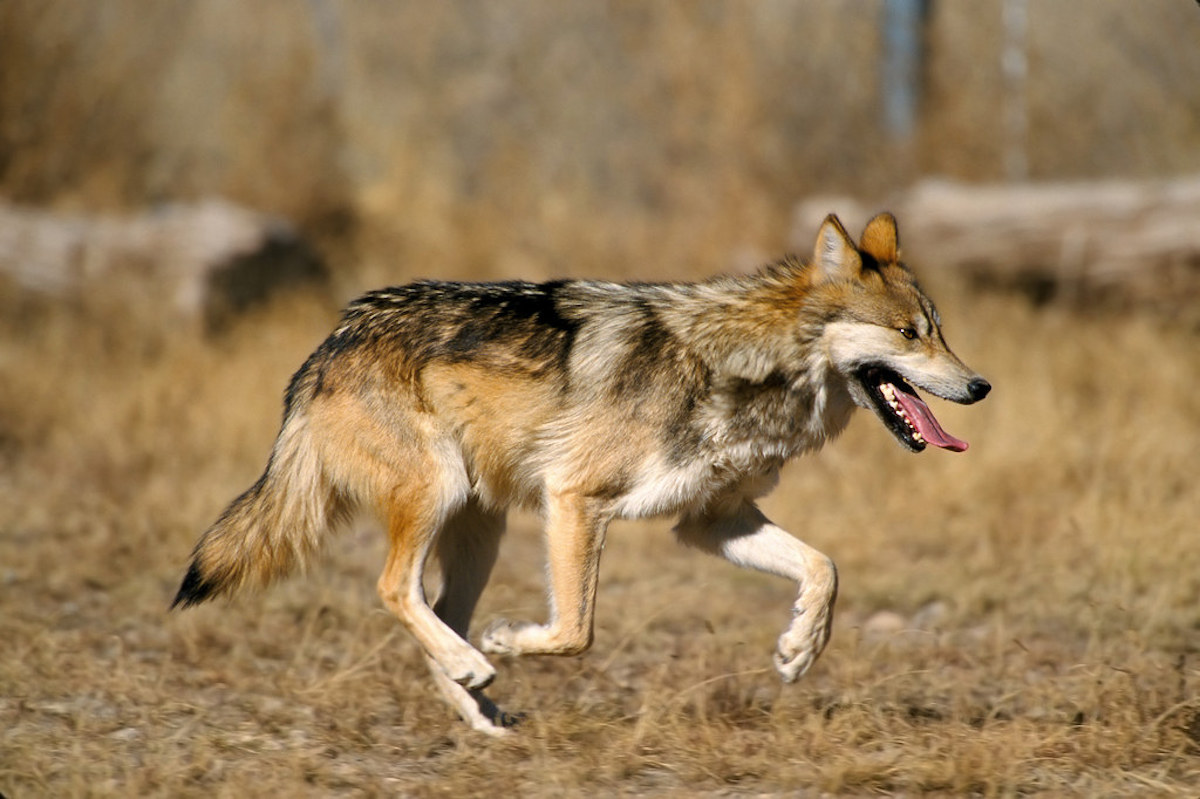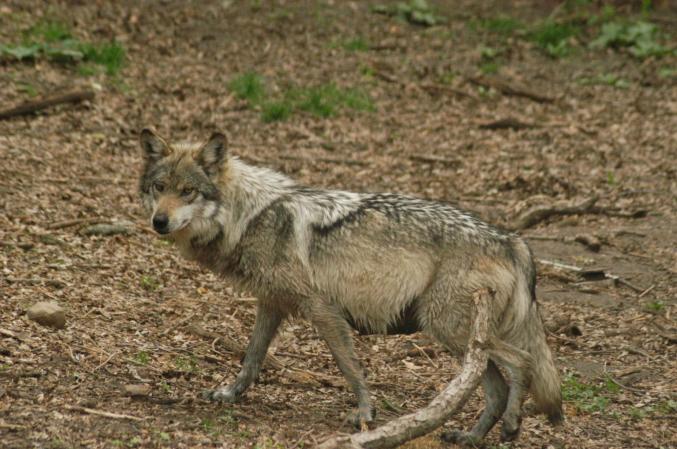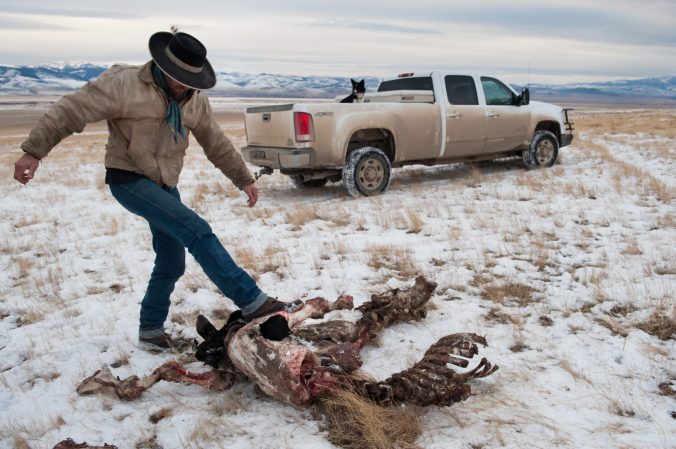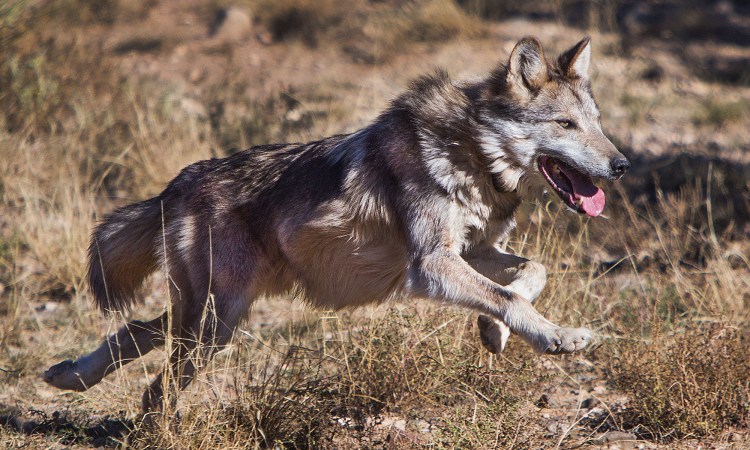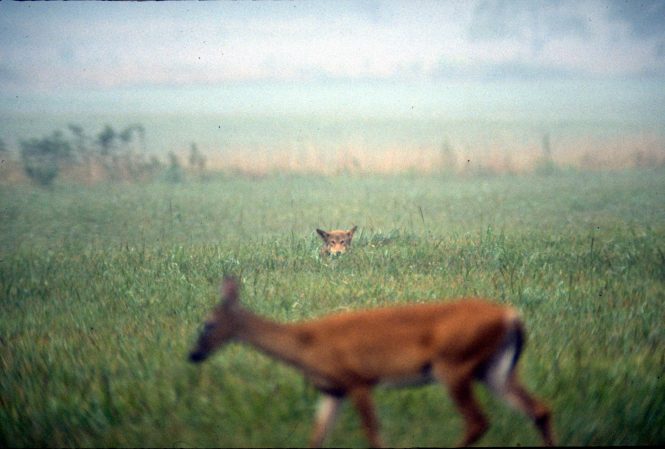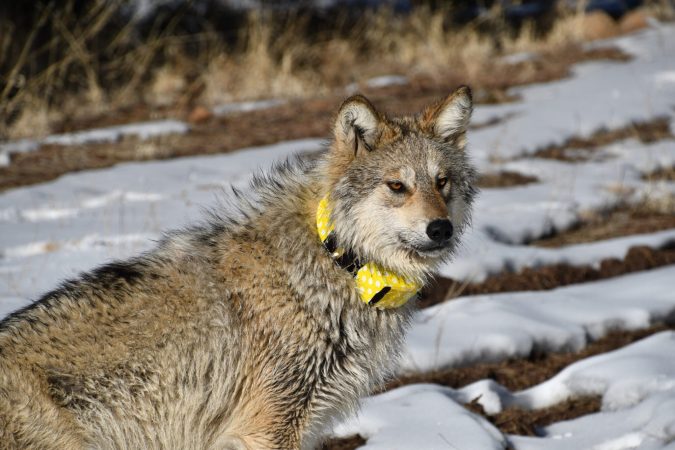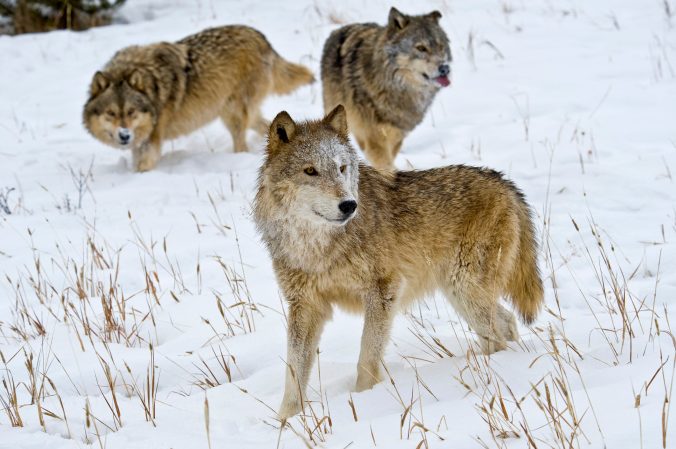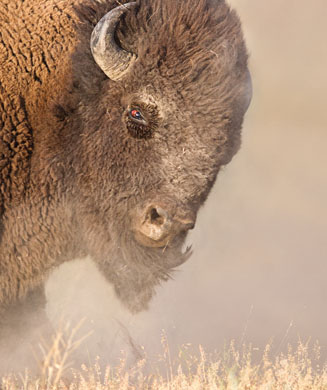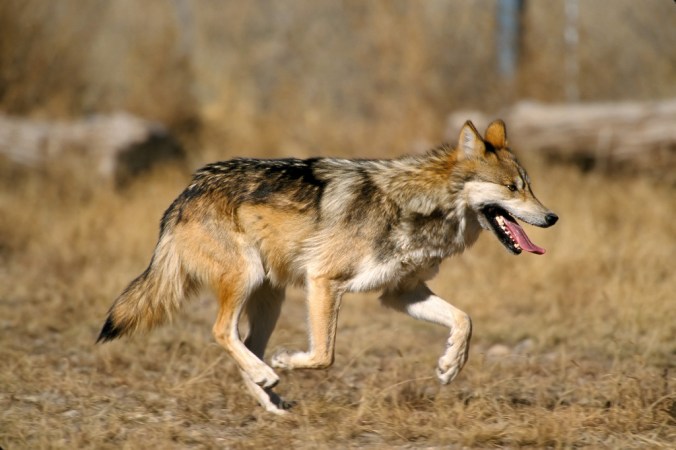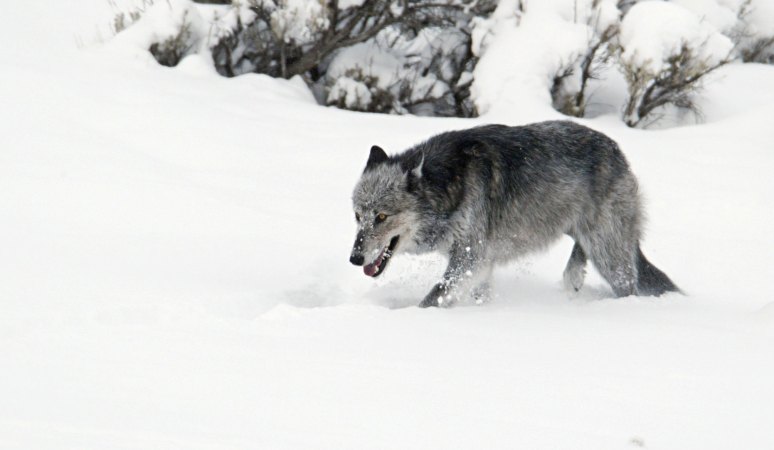The U.S. Fish and Wildlife Service will remove the population cap on Mexican gray wolves in the southwest region of the country. The wolf population in Arizona and New Mexico will now have no cap. Previously the cap was set at 325 wolves, according to KNAU.
This change came after a legal settlement pushed by environmentalist groups that forced federal wildlife officers to revise the management methods for the animals. A federal judge ruled that the USFWS had to provide a proposal by July 1.
The new proposal would also restrict permits allowing the killing of wolves that attack livestock, elk, and deer, according to AP. These permits have been issued to state wildlife agencies and ranchers who had issues with wolves.
Michael Robinson with the Center for Biological Diversity argued that the cap prohibited genetic diversity, and this new proposal is the first time a genetic objective has ever been explicitly included in a plan from the USFWS. The Centers of Biological Diversity and Defenders of Wildlife (both of which have historically opposed hunting) were plaintiffs in the law suit.
Mexican gray wolves are listed as an Endangered Species, and according to Robinson, the government’s lack of support for genetic diversity is in violation of the Endangered Species Act. Landowners and ranches in Arizona and New Mexico have their own concerns.
“On a daily basis ranching families contend with unpredictable weather, fluctuating markets and increasing regulations. Now, the federal government is moving the recovery plan ‘goal posts’ once again,” says Craig Ogden, president of New Mexico Farm & Livestock Bureau. “Our state’s ranchers are being sacrificed to achieve an ever-changing goal with no real finish line in sight.”
Read Next: Will Wolves Attack a Man? A Story from the Archives
A recent survey showed that approximately 196 Mexican gray wolves are in the area, which is the highest population since recovery efforts began in 1998. The Mexican gray wolf is the rarest subspecies of the gray wolf in North America. While numbers were dangerously low in the past, the last six years saw a notable increase in population. However the population is still below management goals which is a sustained 320 wolves in the region over an eight-year period.
